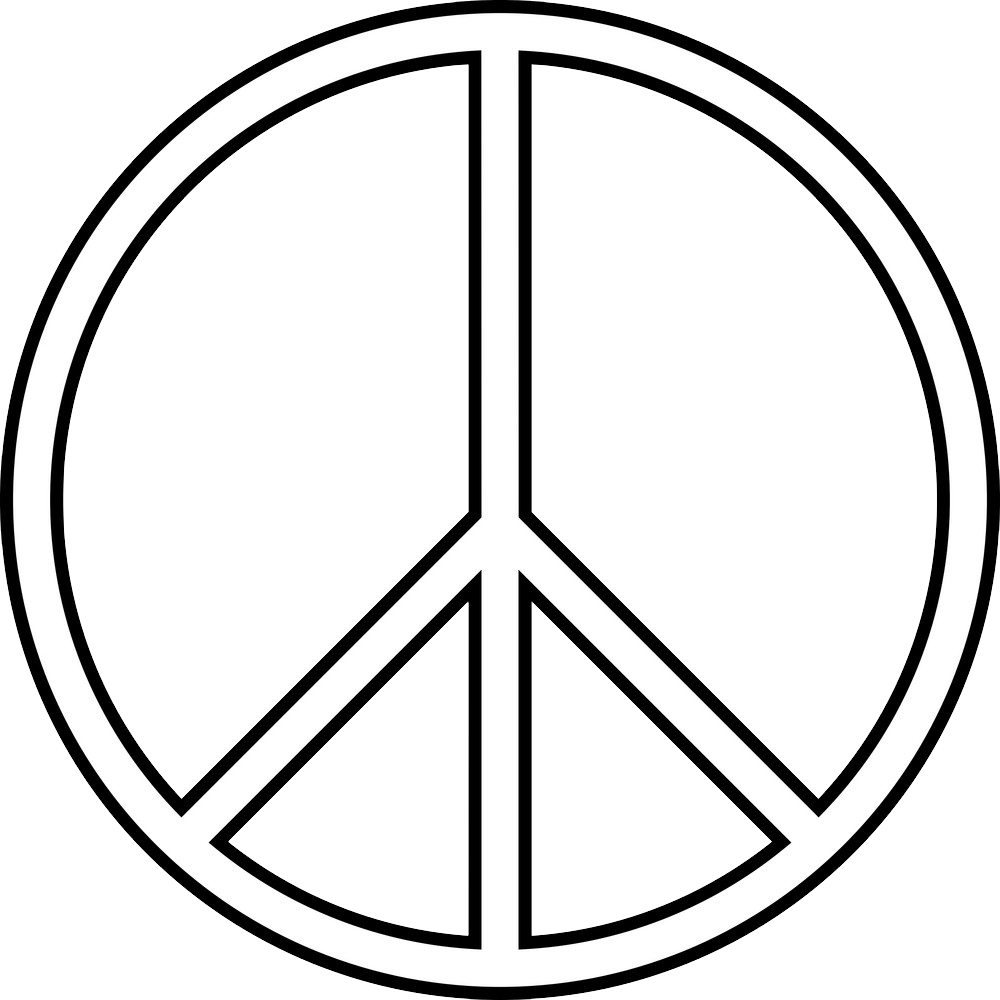
This image has format transparent PNG with resolution 1000x1000.
You can download this image in best resolution from this page and use it for design and web design.
Peace symbol PNG with transparent background you can download for free, just click on download button.
A number of peace symbols have been used many ways in various cultures and contexts.
The dove and olive branch was used symbolically by early Christians and then eventually became a secular peace symbol, popularized by Pablo Picasso after World War II. In the 1950s the "peace sign", as it is known today, was designed by Gerald Holtom as the logo for the British Campaign for Nuclear Disarmament, a group at the forefront of the peace movement in the UK, and adopted by anti-war and counterculture activists in the US and elsewhere. The V hand signal and the peace flag also became international peace symbols.
The internationally recognized peace symbol – variously known as the nuclear disarmament symbol, the CND symbol and the peace sign – was designed for the British nuclear disarmament movement by Gerald Holtom. Holtom, an artist and designer, presented it to the Direct Action Committee on 21 February 1958 where it was "immediately accepted" as a symbol for a march from Trafalgar Square, London, to the Atomic Weapons Research Establishment at Aldermaston in Berkshire on 4 April. Holtom's design was adapted by Eric Austen (1922–1999) to ceramic lapel badges. The original design is in the Peace Museum in Bradford, England.
The symbol is a combination of the semaphore signals for the letters "N" and "D", standing for "nuclear disarmament". In semaphore the letter "N" is formed by a person holding two flags in an inverted "V", and the letter "D" is formed by holding one flag pointed straight up and the other pointed straight down. Superimposing these two signs forms the shape of the centre of the peace symbol.
The Third of May 1808 by Goya, referred to by Gerald Holtom as one of his inspirations for the peace sign – although he said that the peasant had his hands stretched downwards
Holtom later wrote to Hugh Brock, editor of Peace News, explaining the genesis of his idea:
I was in despair. Deep despair. I drew myself: the representative of an individual in despair, with hands palm outstretched outwards and downwards in the manner of Goya's peasant before the firing squad. I formalised the drawing into a line and put a circle round it.
Ken Kolsbun, a correspondent of Holtom's, says that the designer came to regret the symbolism of despair, as he felt that peace was something to be celebrated and wanted the symbol to be inverted. Eric Austen is said to have "discovered that the 'gesture of despair' motif had long been associated with 'the death of man', and the circle with 'the unborn child'".
The symbol became the badge of CND, and wearing it became a sign of support for the campaign urging British unilateral nuclear disarmament. An account of CND's early history described the image as "a visual adhesive to bind the [Aldermaston] March and later the whole Campaign together ... probably the most powerful, memorable and adaptable image ever designed for a secular cause".
In this page you can download free PNG images: Peace symbol PNG images free download